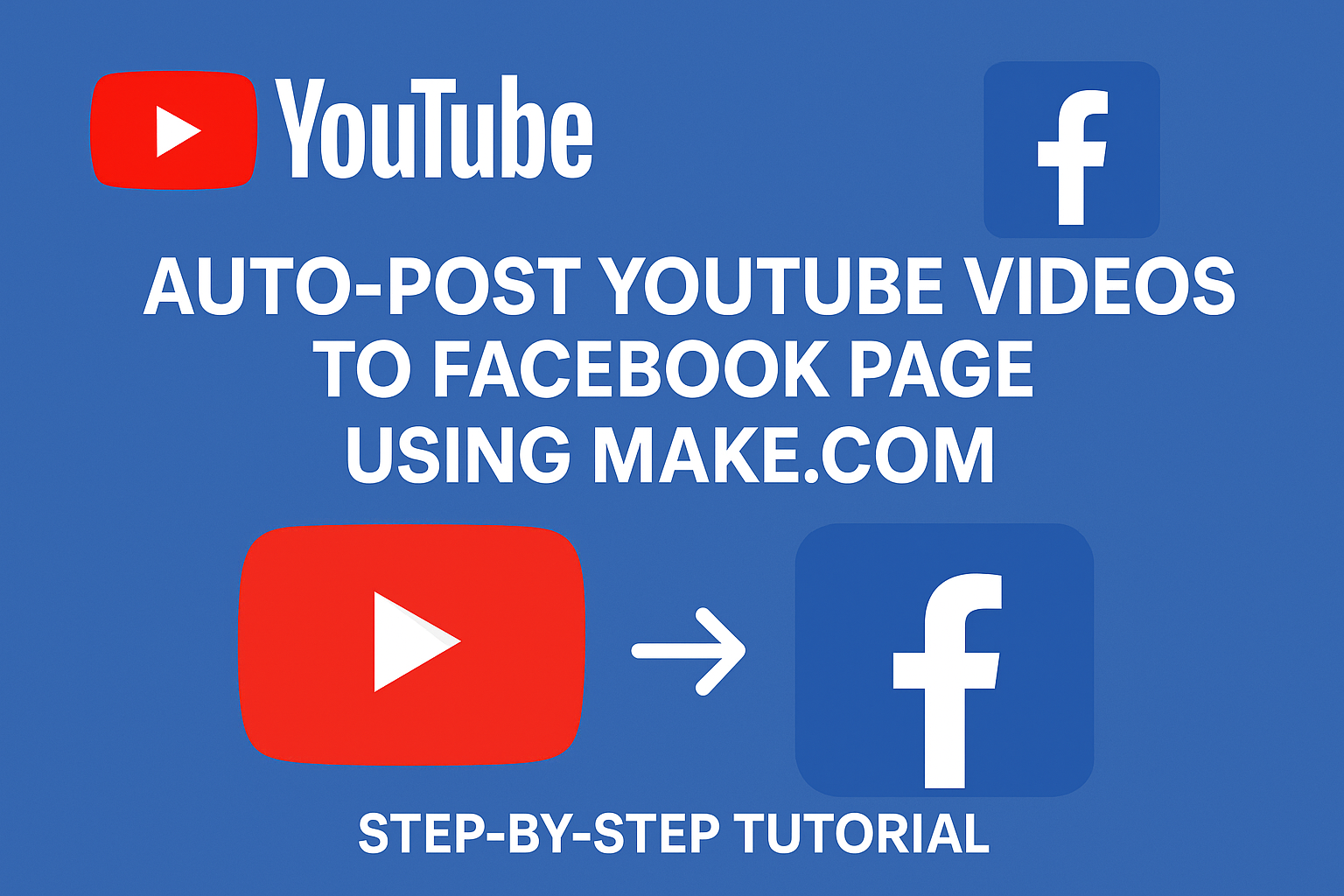How to Build an AI Tool Directory Website (And Monetize It)
In the rapidly evolving landscape of technology, AI tools are becoming increasingly essential for businesses and individuals alike. Creating an AI tool directory website not only helps users navigate this sea of innovation but also provides a lucrative monetization opportunity. In this blog post, we’ll explore how to build an AI directory website from the ground up and turn it into a potential revenue-generating platform. Understanding the Concept of an AI Tool Directory An AI tool directory is a curated collection of artificial intelligence tools and resources, organized in a way that helps users easily find what they need. These directories often include: Categories of tools (e.g., productivity, data analysis, automation) Descriptive listings that provide insights about each tool User reviews and ratings Comparison features for easy selection Creating a dedicated space for these resources not only serves users but also positions your website as a leading authority in the field of AI. Steps to Build Your AI Tool Directory Website Getting started with your AI tool directory website involves several steps. Here’s a detailed breakdown: 1. Define Your Niche Before diving into the technicalities, it’s essential to define your niche. Consider focusing on: Specific user groups (e.g., artists, data scientists, marketers) Particular types of AI tools (e.g., chatbots, machine learning software) Geographical areas or industries Deciding your niche will streamline the process of gathering content and audience targeting. 2. Choose the Right Platform Select a platform that suits your technical skills and website goals. Popular options include: WordPress: Highly flexible with numerous plugins available, great for beginners. Wix: User-friendly, drag-and-drop interface for Quick setups. Custom Development: If you have coding skills, developing a custom solution can provide tailored functionalities. Consider factors like scalability, ease of use, and SEO capabilities when choosing a platform. 3. Design a User-Friendly Interface A clean and intuitive design is crucial for retaining visitors. Key aspects to focus on include: Navigation: Ensure easy access to categories and search functionalities. Mobile Responsiveness: Optimize for both desktop and mobile users. Visual Consistency: Choose a color scheme and typography that resonate with technology themes. 4. Populate Your Directory Content is the backbone of your AI tool directory. Here’s how to approach it: Research: Collect a diverse array of AI tools, focusing on their features, pricing, and unique selling points. Write Descriptions: Create concise, informative descriptions for each tool that highlight benefits and functionalities. User Reviews: Encourage users to leave reviews, which add credibility and engagement. Don’t forget to optimize your content for SEO by using relevant keywords, such as “AI tools” and “automation software.” 5. Implement SEO Practices Effective SEO can significantly increase your directory’s visibility. Consider these practices: Keyword Research: Use tools like Ahrefs or SEMrush to find relevant keywords. On-Page SEO: Use keywords in headings, meta descriptions, and throughout your content. Link Building: Build backlinks from other tech-related sites to increase authority. 6. Monetize Your Directory Once your directory is established, consider monetization strategies such as: Affiliate Marketing: Partner with AI tools and earn commissions on referrals. Sponsored Listings: Allow companies to promote their tools for a fee. Advertisements: Use Google AdSense or display ads relevant to your audience. Explore various combinations of these strategies to maximize revenue potential. Advantages of Creating an AI Tool Directory Building an AI tool directory offers numerous advantages, including: Growing Demand: As AI adoption increases, so does the need for resource directories. Community Building: Foster a community of users who share insights and recommendations. Authority Establishment: Position your website as a go-to resource in the AI industry. Challenges You Might Face While there are many rewards, there are also challenges to consider: Competition: The tech space is crowded, requiring a unique approach to stand out. Ongoing Maintenance: Regular updates to keep information accurate and relevant are necessary. User Engagement: Attracting and retaining visitors may require ongoing marketing efforts. Conclusion Building an AI tool directory website is a significant but rewarding endeavor that leverages the growing demand for artificial intelligence resources. By following the outlined steps and focusing on user experience, SEO, and effective monetization strategies, your directory can become a valuable tool for those seeking to navigate the world of AI. Are you ready to embark on this journey toward creating an authoritative AI tool directory? Get started today, and watch as your passion for technology turns into a rewarding online venture!










